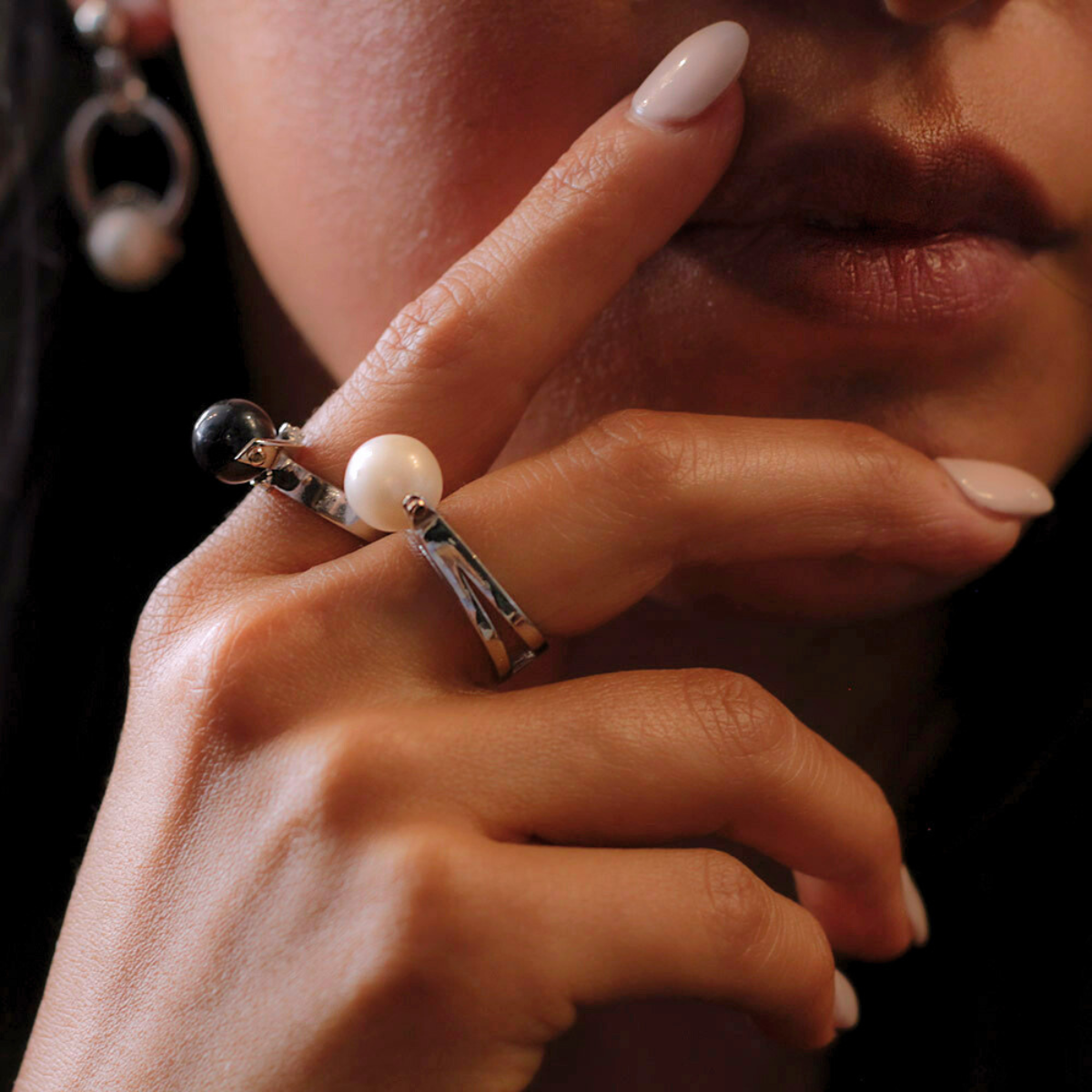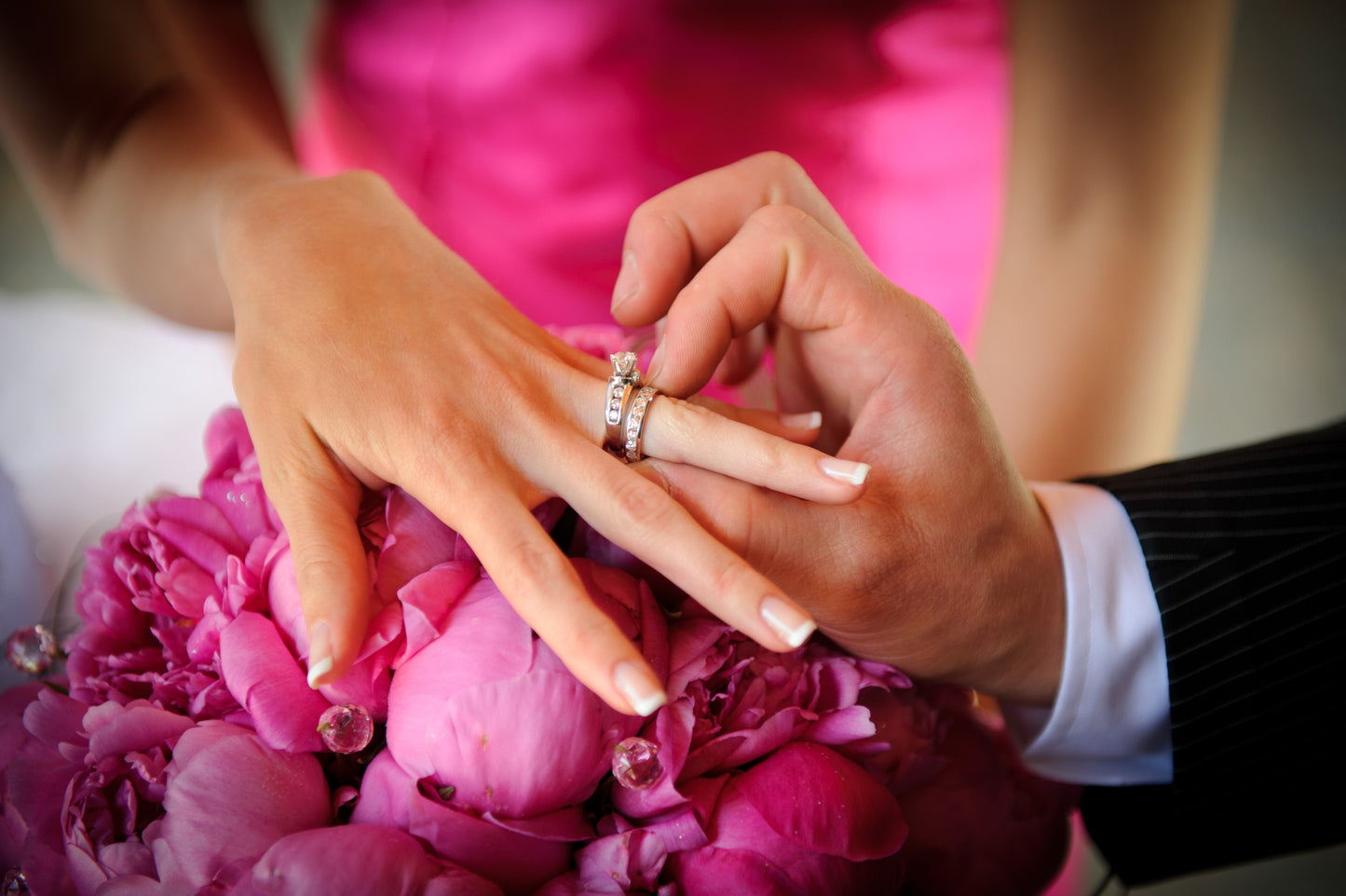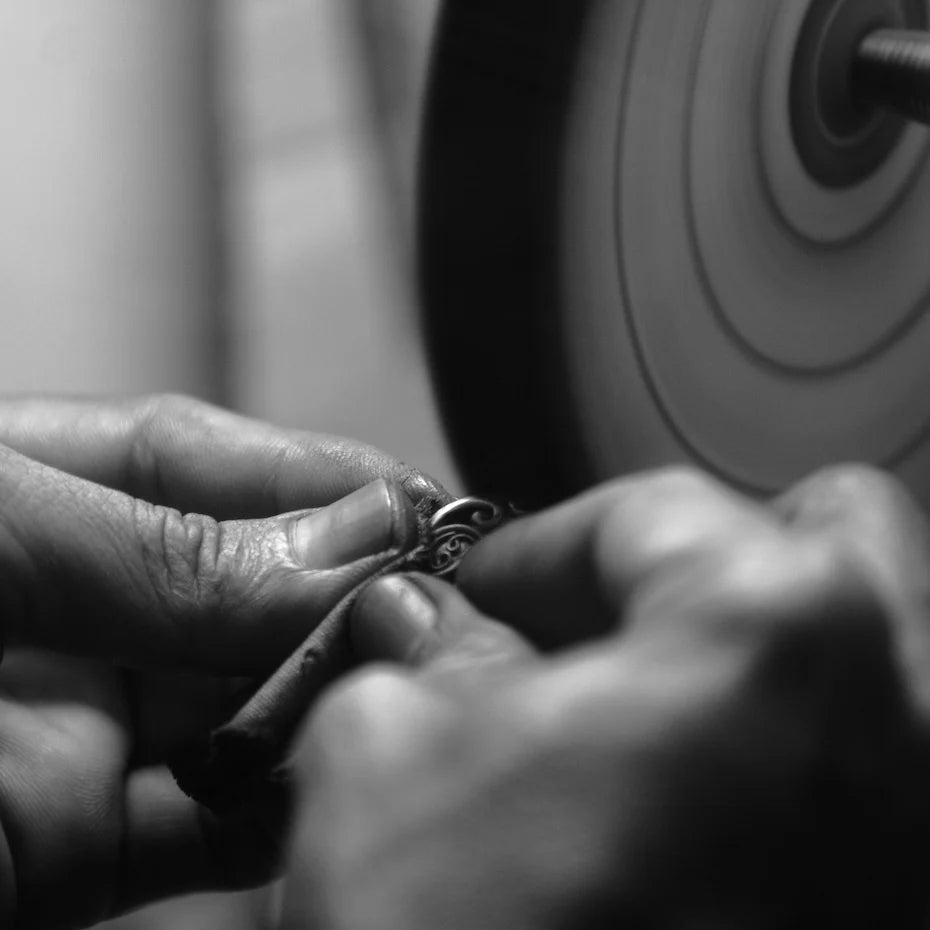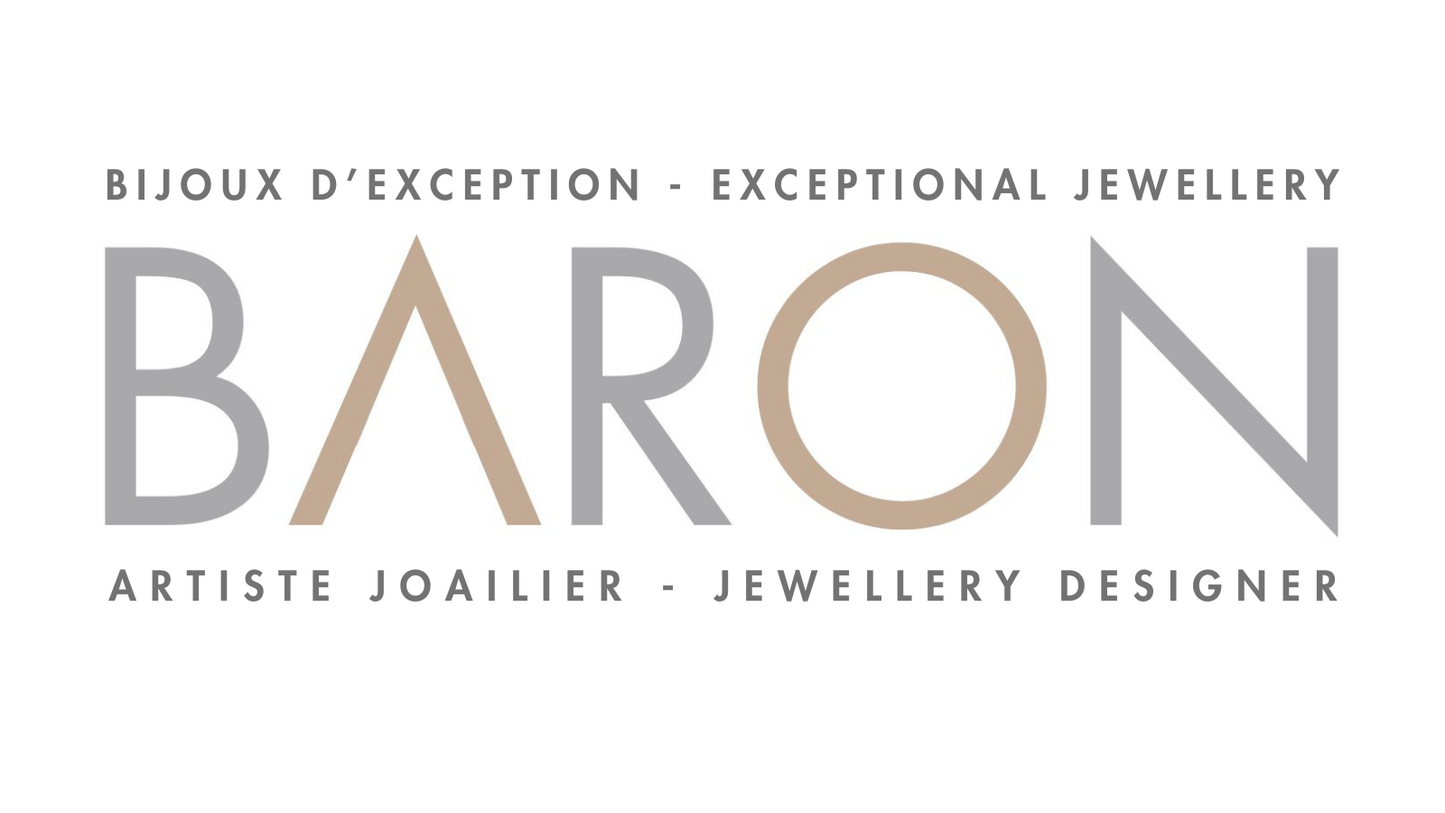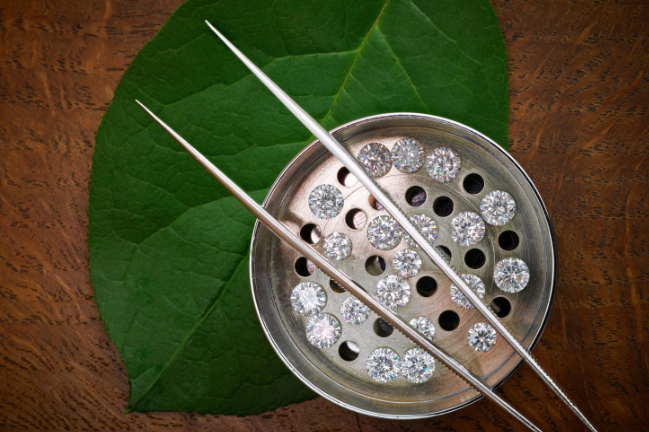Introduction
Diamonds have always been a symbol of luxury, refinement, and eternal love. However, with the rise of ethical and sustainability concerns, consumers are now looking for more responsible options. Among these alternatives, lab-grown diamonds have become an increasingly popular choice. They not only offer excellent quality but also considerable economic benefits, especially when it comes to wedding bands or holiday gifts. In this article, we'll explore the key differences between lab-grown and natural diamonds, and why the former might be the better option for your jewelry purchases.
Lab-Grown Diamonds vs. Natural Diamonds
First, it's important to understand what a lab-grown diamond is. Contrary to popular belief, lab-grown diamonds are not imitations. They are real diamonds, composed of pure carbon, just like natural diamonds. The only difference lies in their origin: while natural diamonds are formed underground over millions of years, lab-grown diamonds are produced under controlled conditions in a matter of weeks.
Their crystal system is identical, meaning they have the same physical, chemical, and optical properties as natural diamonds. In other words, a lab-grown diamond has the same brilliance, hardness (10 on the Mohs scale), and visual beauty as an earth-mined diamond.
Economic Benefits: Why Choose a Lab-Grown Diamond for Your Wedding Rings?
One of the most attractive aspects of lab-grown diamonds is undoubtedly their price. On average, a lab-grown diamond costs between 30% and 40% less than a natural diamond of the same size, shape, and quality. This represents a considerable cost difference, especially if you're considering purchasing a wedding band or engagement ring, which are often quite expensive pieces.
For example, for a wedding band adorned with a 1-carat diamond, the price can easily be reduced by several thousand euros by opting for a lab-grown diamond. This savings not only allows you to obtain a stone of the same quality, but also allows you to focus on other important aspects of jewelry purchasing, such as customization or originality of design.
Ethical Aspects: A Responsible Choice
In addition to the economic benefits, lab-grown diamonds are a much more ethical alternative to natural diamonds. Diamond mining, often in harsh conditions, is associated with numerous environmental and social problems. Entire regions suffer the negative effects of mining, not to mention the sometimes inhumane working conditions in some producing countries.
By choosing a lab-grown diamond, you're choosing a stone that hasn't contributed to these issues. Furthermore, lab-grown production is much less harmful to the environment, as it avoids the destruction of ecosystems and pollution associated with mining. You can therefore wear your jewelry with a clear conscience, knowing that it has no negative impact on the planet or local communities.
Myths and Realities: Clarification of Prejudices
Some misconceptions still surround lab-grown diamonds. The most common is the idea that they are "fake" diamonds, or that they don't have the same value as natural diamonds. However, lab-grown diamonds are indeed authentic diamonds, recognized as such by jewelry industry experts. They often even come with gemological certificates, just like their natural counterparts.
Another myth is that lab-grown diamonds don't sparkle as much. In reality, because their composition is identical, their brilliance is just as dazzling as that of natural diamonds. Whether you choose a lab-grown diamond or a mined diamond, no one will be able to tell the difference with the naked eye!
Conclusion
Lab-grown diamonds are becoming an increasingly attractive option for those looking for ethical, affordable, and high-quality jewelry. With a crystal system identical to that of natural diamonds and significant economic advantages, they are particularly attractive for purchases as symbolic as wedding rings. By choosing a lab-grown diamond, you're not only making a difference for your wallet, but also for the planet. So, why not consider this option for your next jewelry piece?
